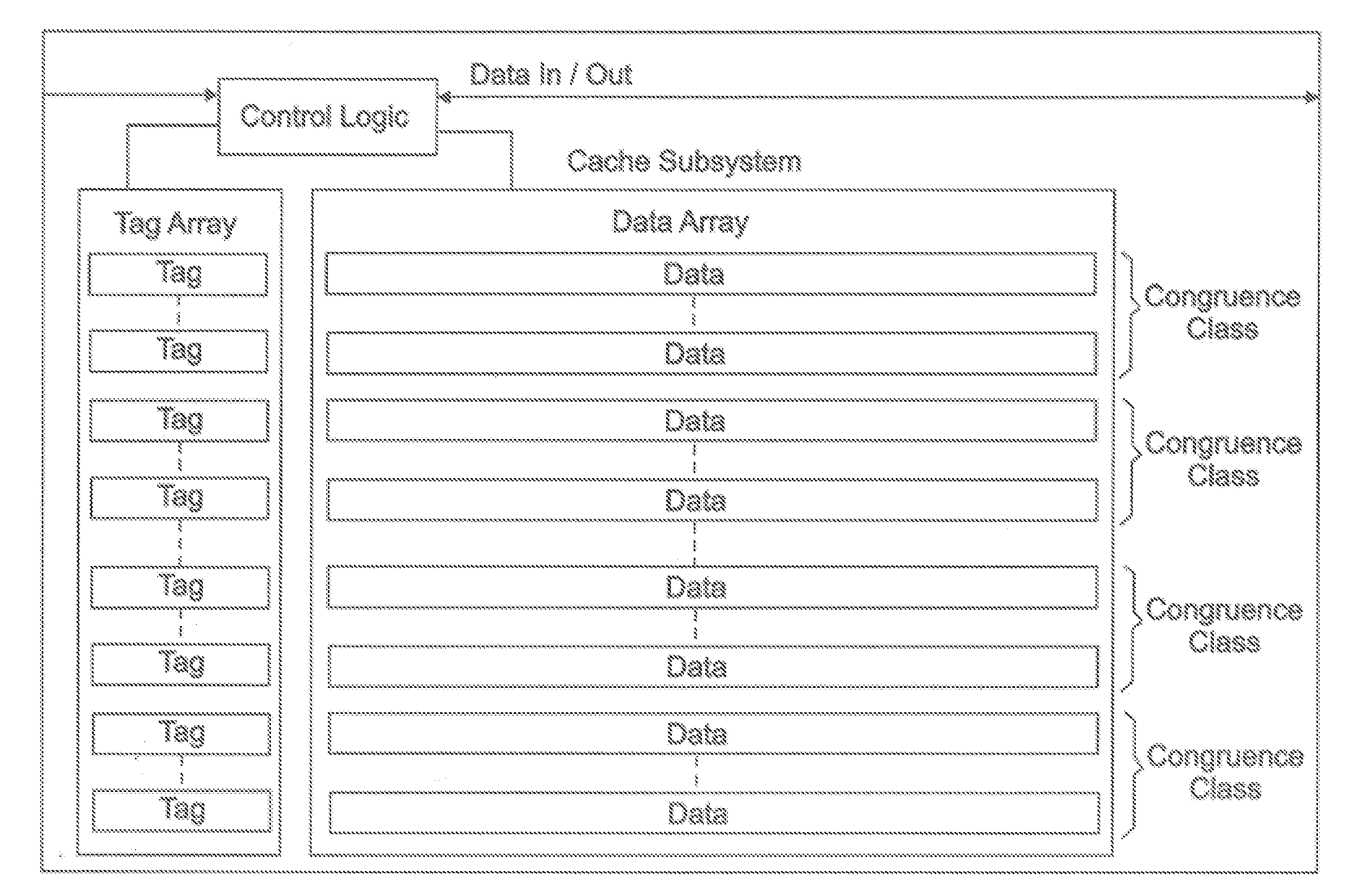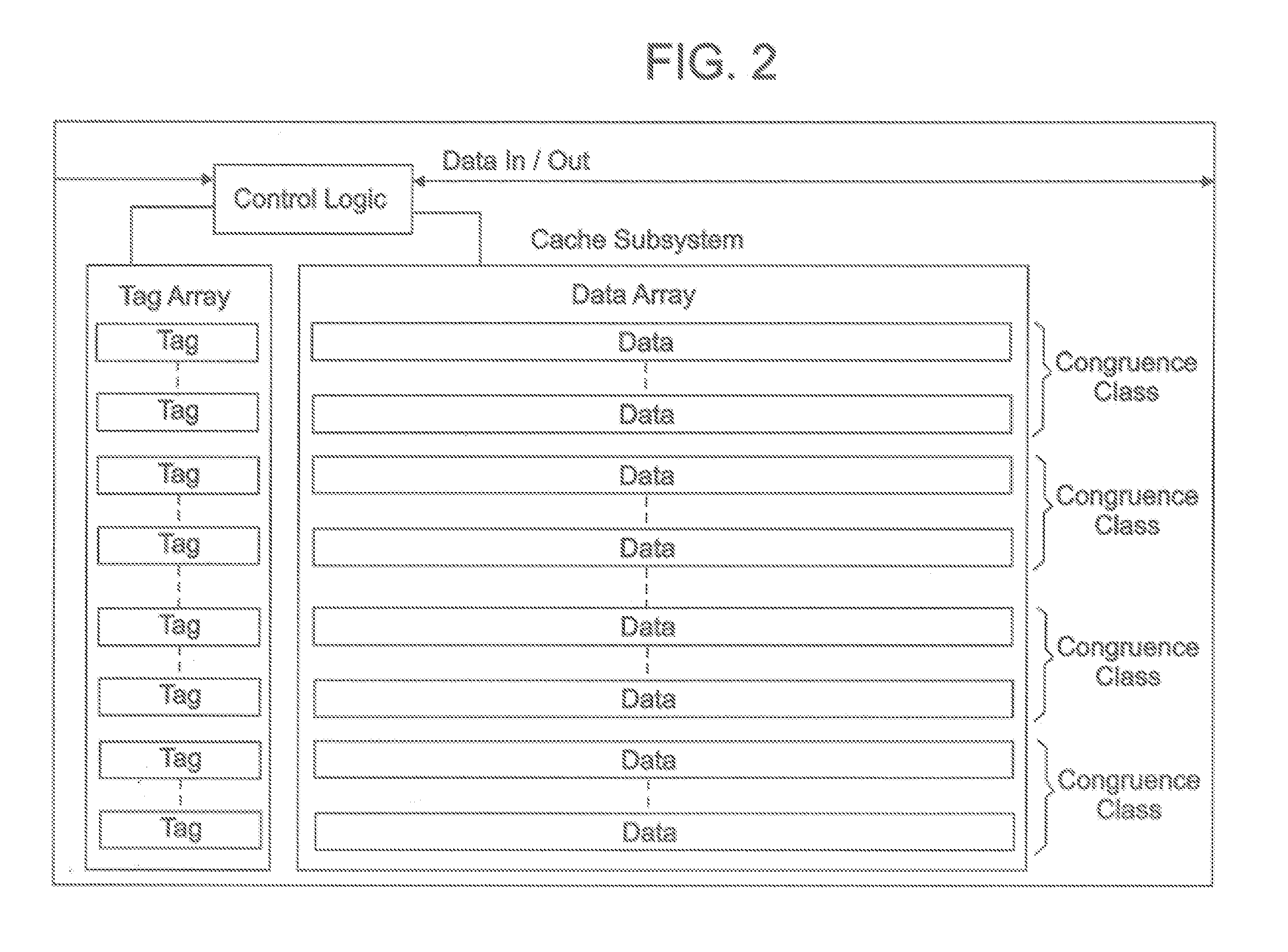Apparatus and Method for Cache Maintenance
a cache and apparatus technology, applied in the field of apparatus and cache maintenance, can solve the problems of reducing cache efficiency, affecting the efficiency of cache maintenance, and executing the branch contrary to the instruction sequence, so as to avoid cache inefficiencies, reduce weight, and avoid the effect of cache inefficiency
- Summary
- Abstract
- Description
- Claims
- Application Information
AI Technical Summary
Benefits of technology
Problems solved by technology
Method used
Image
Examples
Embodiment Construction
[0014]While the present invention will be described more fully hereinafter with reference to the accompanying drawings, in which a preferred embodiment of the present invention is shown, it is to be understood at the outset of the description which follows that persons of skill in the appropriate arts may modify the invention here described while still achieving the favorable results of the invention. Accordingly, the description which follows is to be understood as being a broad, teaching disclosure directed to persons of skill in the appropriate arts, and not as limiting upon the present invention.
[0015]The term “programmed method”, as used herein, is defined to mean one or more process steps that are presently performed; or, alternatively, one or more process steps that are enabled to be performed at a future point in time. The term programmed method contemplates three alternative forms. First, a programmed method comprises presently performed process steps. Second, a programmed ...
PUM
 Login to View More
Login to View More Abstract
Description
Claims
Application Information
 Login to View More
Login to View More - R&D
- Intellectual Property
- Life Sciences
- Materials
- Tech Scout
- Unparalleled Data Quality
- Higher Quality Content
- 60% Fewer Hallucinations
Browse by: Latest US Patents, China's latest patents, Technical Efficacy Thesaurus, Application Domain, Technology Topic, Popular Technical Reports.
© 2025 PatSnap. All rights reserved.Legal|Privacy policy|Modern Slavery Act Transparency Statement|Sitemap|About US| Contact US: help@patsnap.com



